How to Protect Your Pennsylvania Roof During Winter: Maintenance and Insulation Tips
Winter in Pennsylvania can be brutal, especially for your roof. Freezing temperatures, heavy snowfall, and ice buildup can cause serious damage that could prove costly. Don’t let the harsh winter disrupt your life or drain your finances. In this blog post, we’ll guide you through key maintenance steps to protect your Pennsylvania roof and insulation tips specifically suited to protect your roof during winter. Keep reading and learn how to adequately fortify your home’s first line of defense against Jack Frost’s onslaught. Stay prepared and preserve the integrity of your roof this winter with our expert tips from Ireland Contracting—your trusted local roofing company.
Winter weather can be harsh on roofs in Pennsylvania, so it’s important to take steps to protect them. Our guide to how to protect your Pennsylvania roof this winter includes tips such as cleaning gutters, checking for leaks, and removing snow and ice buildup. Other helpful suggestions include scheduling a professional inspection, trimming overhanging branches, and ensuring proper ventilation in your attic space. Taking these precautionary measures can help prevent costly damage and prolong the lifespan of your roof.
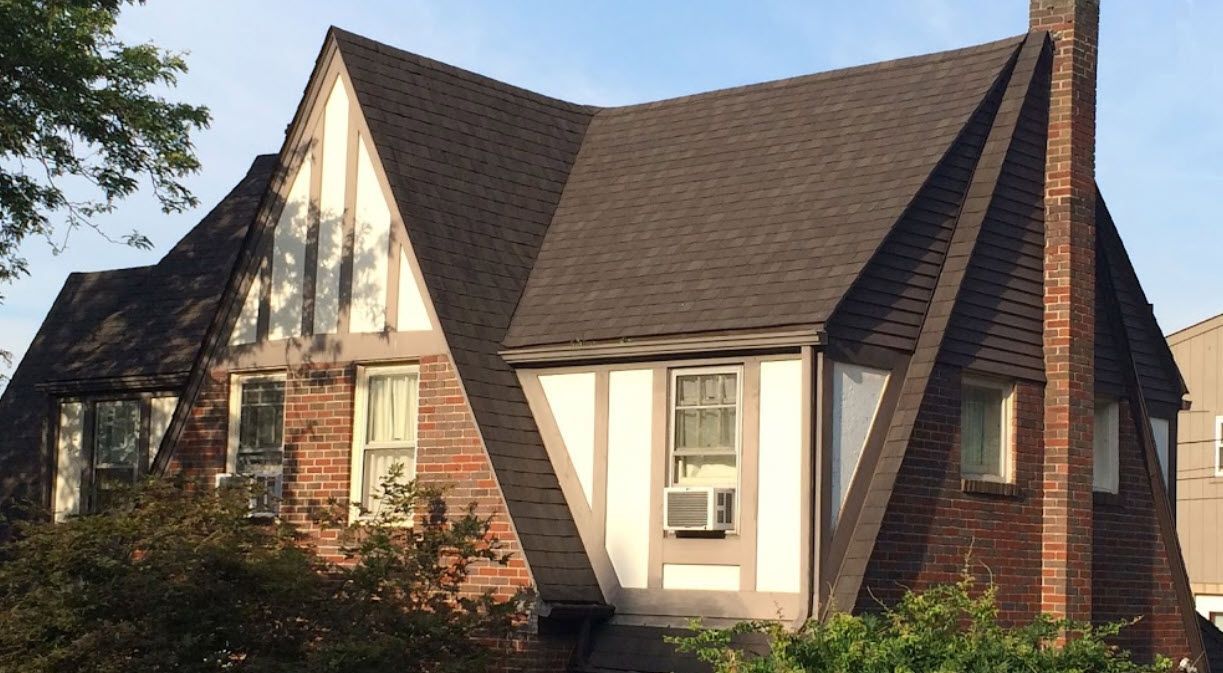
Winterizing Pennsylvania Roof
As the wintry weather approaches in Pennsylvania, it’s crucial to take proactive steps to protect your Pennsylvania roof from the harsh conditions. Winterizing your roof not only helps prevent potential damage but also ensures your home stays warm and energy-efficient during the colder months. So, how can you effectively winterize your Pennsylvania roof?
One of the key aspects of winterizing your roof is ensuring proper insulation. Adequate insulation helps retain heat within your home, reducing energy loss and keeping you comfortable. Start by checking the current state of insulation in your attic and walls. Insulation should be evenly distributed and free from any gaps or compressed areas that may compromise its effectiveness.
In addition to insulation, proper ventilation is crucial for maintaining a healthy roofing system . Good airflow helps regulate temperature and moisture levels, preventing the formation of ice dams and reducing the risk of mold or mildew growth. Consider installing vents or fans to improve air circulation throughout your attic space.
Another essential step in protecting your Pennsylvania roof is inspecting and reinforcing your roof’s flashing. Flashing refers to the protective barriers installed around chimneys, skylights, vents, and other protrusions on your roof. Over time, flashing can deteriorate or become loose, potentially leading to leaks during heavy snow or rainfall. Conduct a thorough examination and replace any damaged or missing flashing to ensure your roof remains watertight.
Now that we understand the importance of winterizing our roofs in Pennsylvania let’s explore one crucial aspect: sealing and covering vulnerable areas.
- According to the National Roofing Contractors Association, about 40% of residential roofs sustain some amount of damage due to severe winter weather conditions.
- A report by the Insurance Institute for Business & Home Safety states that roofs in colder climates like Pennsylvania have an increased vulnerability to “ice dams” – a situation where water from melting snow re-freezes at the edge of your roofline. This happens in up to 30% of homes located in areas with regular snowfall.
- The Environmental Protection Agency reports that utilizing proper insulation and sealing techniques can reduce heating costs by up to 20%, a fact particularly crucial for homes in winter-heavy states like Pennsylvania.
Seal and Cover Vulnerable Areas
During winter, certain areas of your roof are more susceptible to damage than others. Taking extra precautions to protect your Pennsylvania roof by sealing and covering these vulnerable areas can go a long way in protecting your roof during the colder months.
Start by examining the condition of your shingles. Damaged or missing shingles can allow moisture to seep into your roofing system, leading to leaks and potential water damage. Replace any broken shingles promptly and ensure that all shingles are securely fastened.
Pay special attention to valleys, where two roof planes meet. Valleys tend to accumulate snow and ice, which can put additional stress on the roof. Ensure that the valley area is well-sealed and consider installing ice and water shield underlayment to provide an extra layer of protection against ice damming.
Don’t forget about vents and exhaust pipes on your roof. These areas can be vulnerable to water infiltration if not properly sealed. Check the seals around these openings and repair or replace them as needed. Consider using silicone-based caulking or roofing cement for a durable and weather-resistant seal.
Just like you would wear a warm winter coat, helmet, and gloves to protect yourself from the cold, it’s crucial to seal and cover vulnerable areas of your roof to shield it from winter’s wrath.
It’s also important to clear away any debris, such as leaves or branches, that may have accumulated on your roof. These debris can trap moisture and weaken the structure of your roof over time. Regularly inspect and clean gutters and downspouts to ensure proper drainage and prevent ice dams from forming.
With these tips in mind, you’re well on your way to effectively winterizing your Pennsylvania roof. But before the snow starts falling, conducting pre-winter roof inspections is a crucial step in ensuring your roof is ready for the challenges ahead.
Conducting Pre-Winter Roof Inspections
Winter can be particularly harsh on roofs, with heavy snowfall, ice dams, and freezing temperatures posing potential risks and causing damage. That’s why it’s crucial to conduct a thorough pre-winter roof inspection to identify any existing issues and ensure your roof is prepared for the cold months ahead.
The first step in conducting a pre-winter roof inspection is to check for any signs of wear and tear. Look for loose or missing shingles, cracked or damaged flashing, and any areas where the roof might be sagging or showing signs of weakness. Pay close attention to your gutters as well, as clogged gutters can lead to water backups and ice dams.
Next, inspect the attic for any signs of leaks, such as water stains on the ceiling or wet insulation. Proper insulation and ventilation in the attic are essential for preventing heat loss and minimizing the risk of ice dam formation.
During your inspection, also keep an eye out for signs of pest infestation or damage caused by animals. Small animals like squirrels or birds may have found their way into your attic through small openings or damaged areas. This can lead to further damage if not addressed promptly.
Let’s say you notice water stains on your bedroom ceiling during a heavy rainstorm. Conducting a pre-winter roof inspection would allow you to identify the source of the leak and address it before winter arrives, preventing more severe water damage when snow starts to accumulate.
Inspecting the overall condition of your roof also involves checking its drainage system. Ensure that the downspouts are clear of debris and effectively diverting water away from your home’s foundation. Consider installing gutter guards to prevent leaves and other debris from clogging your gutters throughout winter.
Some homeowners may argue that conducting a pre-winter roof inspection is unnecessary if they haven’t noticed any apparent issues with their roof. However, keep in mind that certain problems may not be immediately visible or noticeable to the untrained eye. By taking proactive measures to protect your Pennsylvania roof and conducting an inspection, you can potentially avoid costly repairs or more extensive damage down the line.
So, now that we understand the importance of conducting a pre-winter roof inspection, let’s move on to the next crucial step: spotting and addressing any damage that is discovered.
Spotting and Addressing Damage
During your pre-winter roof inspection, if you come across any signs of damage or potential problems, it’s essential to address them promptly. Ignoring minor issues can lead to more extensive damage, especially when exposed to winter’s harsh elements.
One common issue to look out for is loose or missing shingles. High winds and heavy snowfall can easily cause shingles to become dislodged or damaged. Replace any missing shingles and secure loose ones to prevent water infiltration and further damage to the underlying roof structure.
If you notice cracked or damaged flashing around chimneys, vents, skylights, or other protrusions on your roof, have them repaired or replaced. Flashing plays a crucial role in preventing water from seeping into your home. With freezing temperatures in winter, even a small opening can lead to significant leaks and water damage.
Inspect the caulking around windows, vents, and other openings on your roof. Over time, caulk can deteriorate due to exposure to the elements. Replacing old caulking with fresh sealant will help maintain a watertight seal and prevent cold air drafts from entering your home.
Imagine you find a small leak near the chimney during your inspection. Addressing this issue promptly could involve repairing the flashing around the chimney base and applying a waterproof sealant to ensure effective protection against water infiltration before winter arrives.
While conducting your inspection, also check for signs of mold or mildew growth on your roof or in the attic. These can indicate poor ventilation or moisture-related issues that need to be addressed to prevent further damage not only to your roof but also to your overall indoor air quality.
Spotting and addressing damage during a pre-winter roof inspection is like catching a small crack in your windshield before it spreads and requires a complete replacement. Addressing minor issues promptly can save you time, money, and headaches later on.
By conducting a thorough pre-winter roof inspection and taking immediate action on any identified issues, you’ll ensure that your roof is prepared to withstand the challenges of winter. Keep your roof well-maintained, and you’ll have peace of mind knowing that it will protect your home during even the harshest weather conditions.
Roof Maintenance for Winter Resilience
Winter can be harsh on your Pennsylvania roof, with heavy snowfall, freezing temperatures, and ice dams posing potential threats. To ensure the longevity and durability of your roof during the winter months, it’s crucial to prioritize regular maintenance. By taking proactive steps to protect your Pennsylvania roof, you can enhance your roof’s resilience and protect it from damage.
One key aspect of roof maintenance is regular inspections . Before winter sets in, schedule a thorough inspection with a professional roofing contractor. They will examine the condition of your roof, identify any existing issues, and recommend necessary repairs or maintenance measures. Regular inspections help detect minor problems before they worsen and become more costly to fix.
For instance, during an inspection, the contractor might uncover loose or damaged shingles that need to be addressed promptly. These vulnerable areas can allow water penetration and lead to leaks or even structural damage if left unattended. By addressing these issues early on, you can prevent further damage and safeguard your home during winter.
Furthermore, cleaning gutters and downspouts is another critical maintenance task for winter resilience. Clogged gutters filled with leaves, debris, or ice dams can cause water to back up and seep under the shingles. This can result in water damage to the interior of your home and compromise the stability of your roof. Regularly clearing out gutters prevents blockages and ensures proper drainage during snowmelt or rainfall.
Additionally, trimming overhanging tree branches near your roof is essential. Heavy snow or ice accumulation can cause branches to break and fall onto your roof, causing significant damage. Trimming tree branches not only reduces this risk but also minimizes the amount of debris that falls onto your roof during storms.
Lastly, make sure to address any flashing issues before winter arrives. Flashing refers to the metal strips installed around chimneys, skylights, and vents to prevent water infiltration. If flashing is damaged or improperly installed, it can create entry points for water. A professional roofing contractor can assess your flashing, make necessary repairs, and ensure it provides proper protection during the winter months.
Now that we have explored the importance of roof maintenance for winter resilience let’s focus on another crucial aspect – proper shingle care and replacement.
Proper Shingle Care and Replacement
Shingles play a vital role to protect your Pennsylvania roof from the elements, including snow, wind, and ice. It is essential to care for your shingles throughout winter to maintain their functionality and extend their lifespan. Here are some key tips for proper shingle care and replacement:
Firstly, regularly removing snow and ice build-up from your roof is important. Excessive weight from snow can put strain on your roof structure, while ice dams can cause water to seep beneath the shingles and lead to leaks. Use a roof rake with a long handle to safely remove snow accumulation without damaging the shingles.
Secondly, be mindful of proper ventilation and insulation in your attic space. Inadequate ventilation can result in temperature fluctuations within the attic, leading to melting and refreezing of snow on the roof surface. This cycle can contribute to ice dam formation. Proper insulation helps maintain a consistent temperature in the attic and prevents heat from escaping through the roof.
For instance, if you notice areas of melted snow on your roof but patches of ice elsewhere, it could indicate inadequate insulation or ventilation. Consult with a professional roofing contractor to assess your attic’s insulation levels and ensure proper airflow.
If you come across any damaged or missing shingles , prompt replacement is necessary. Broken or displaced shingles provide an entry point for moisture that can compromise the integrity of your entire roofing system. Contact a reputable roofing contractor to assess the situation and perform the necessary repairs or replacements.
By taking proper care of your shingles and addressing any issues promptly, you can maintain a strong and protective roof throughout the winter months.
Insulation Techniques for Enhanced Protection
Proper insulation is crucial to protect your Pennsylvania roof during the winter months. It not only helps to keep your home warm and comfortable but also plays a significant role in preventing ice dams and reducing energy costs. Let’s explore some effective insulation techniques that can enhance the protection of your roof.
One essential aspect of roof insulation is ensuring that your attic is properly insulated. Imagine you have an uninsulated or poorly insulated attic – during the winter, warm air from inside your home rises and escapes through the roof, melting the snow on top. As this melted snow trickles down and reaches the lower portions of your roof where it’s colder, it refreezes, leading to the formation of ice dams. These ice dams can cause significant damage to your shingles, gutters, and overall roofing structure.
To prevent this scenario, it’s recommended to have adequate insulation installed in your attic. This helps to maintain a consistent temperature within your home and keeps the warm air from escaping through the roof. Experts suggest using insulation materials with high R-values, such as fiberglass batts or blown-in cellulose insulation, to effectively resist heat transfer.
In addition to insulating the attic, another important aspect is insulating any exposed pipes or ducts in your attic space. When these pipes or ducts are left uninsulated, they can contribute to heat loss and condensation buildup, which can potentially compromise your roof’s integrity. Insulating these components with foam insulation sleeves or wraps helps to prevent heat loss and diminishes the risk of moisture-related issues.
Furthermore, sealing any air leaks in your attic is equally important in ensuring efficient insulation. Air leaks can allow cold outdoor air to invade your home and let warm indoor air escape, leading to increased energy usage and potential damage to your roof due to fluctuating temperatures. Conducting a thorough inspection of your attic for gaps, cracks, or holes and sealing them with caulk or weatherstripping can help to maintain a consistent indoor temperature while reducing your energy bills.
Remember, insulation shouldn’t be limited to just the attic. It’s also advisable to insulate any exposed roof joists or rafters, especially if you have an unfinished attic space. This helps to create a thermal barrier and prevent heat loss through the roof structure. Insulation materials like rigid foam boards or spray foam insulation can be used for this purpose.
In conclusion, ensuring proper insulation is an essential part to protect your Pennsylvania roof during winter. By insulating your attic, sealing air leaks, and insulating exposed pipes or ducts, you can enhance the overall protection of your roof and minimize the risk of ice dams and other winter-related issues. Investing in insulation not only promotes energy efficiency but also contributes to the long-term durability and integrity of your roof.
The post How to Protect Your Pennsylvania Roof During Winter: Maintenance and Insulation Tips appeared first on Ireland Contracting.


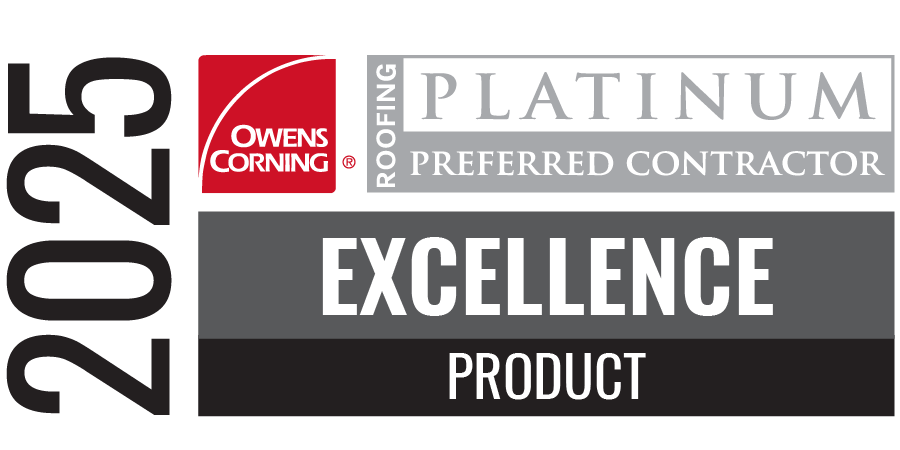

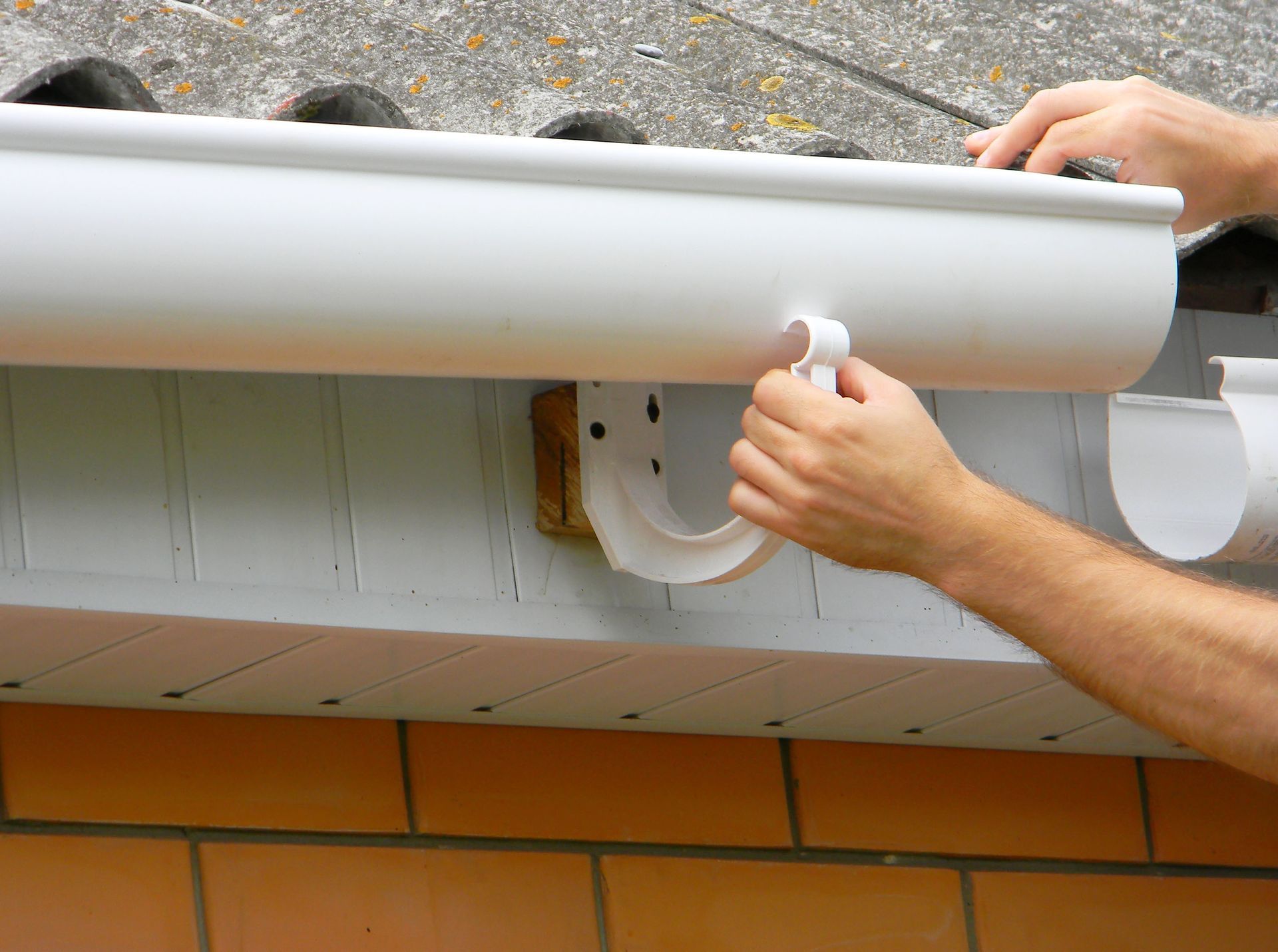
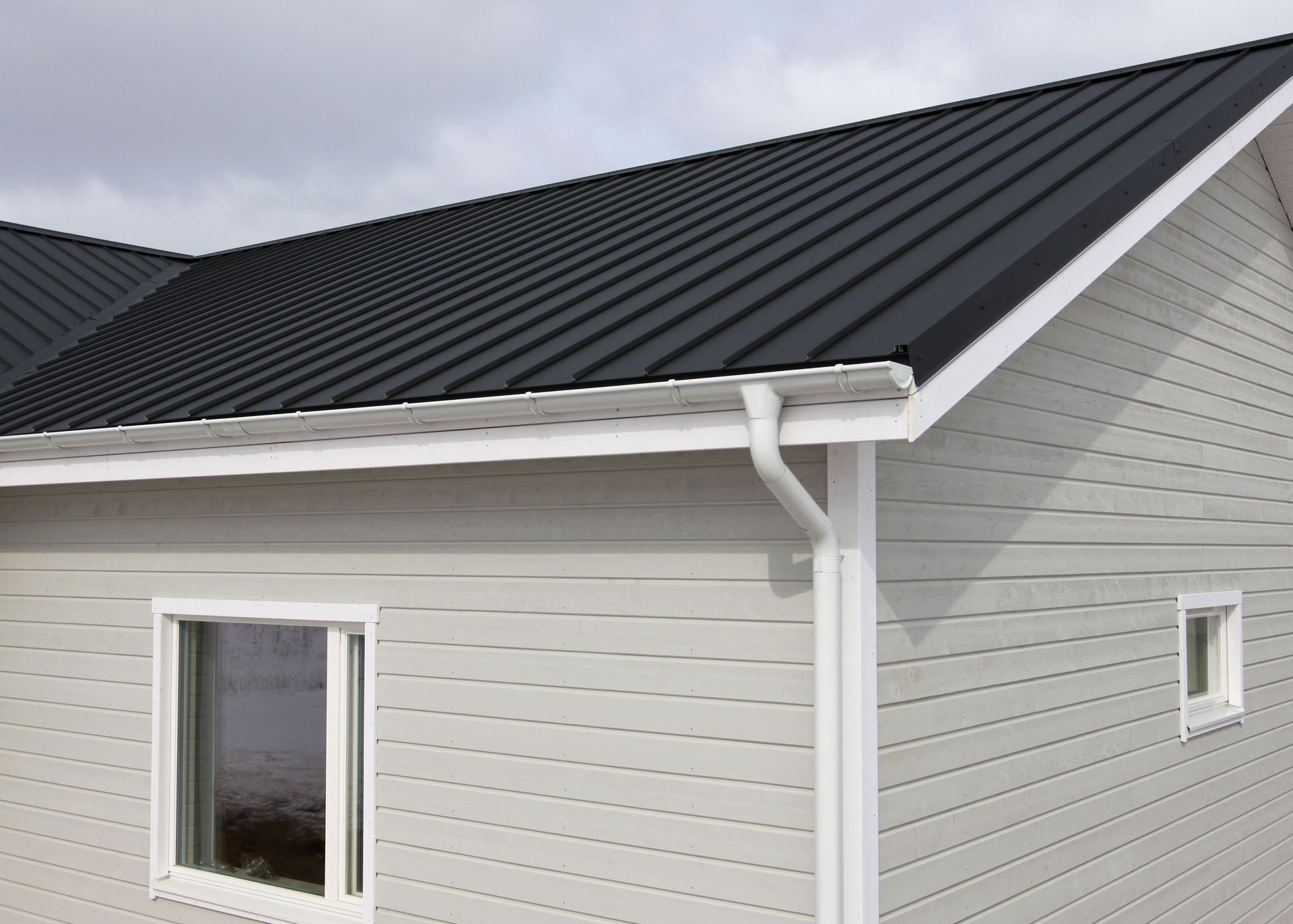
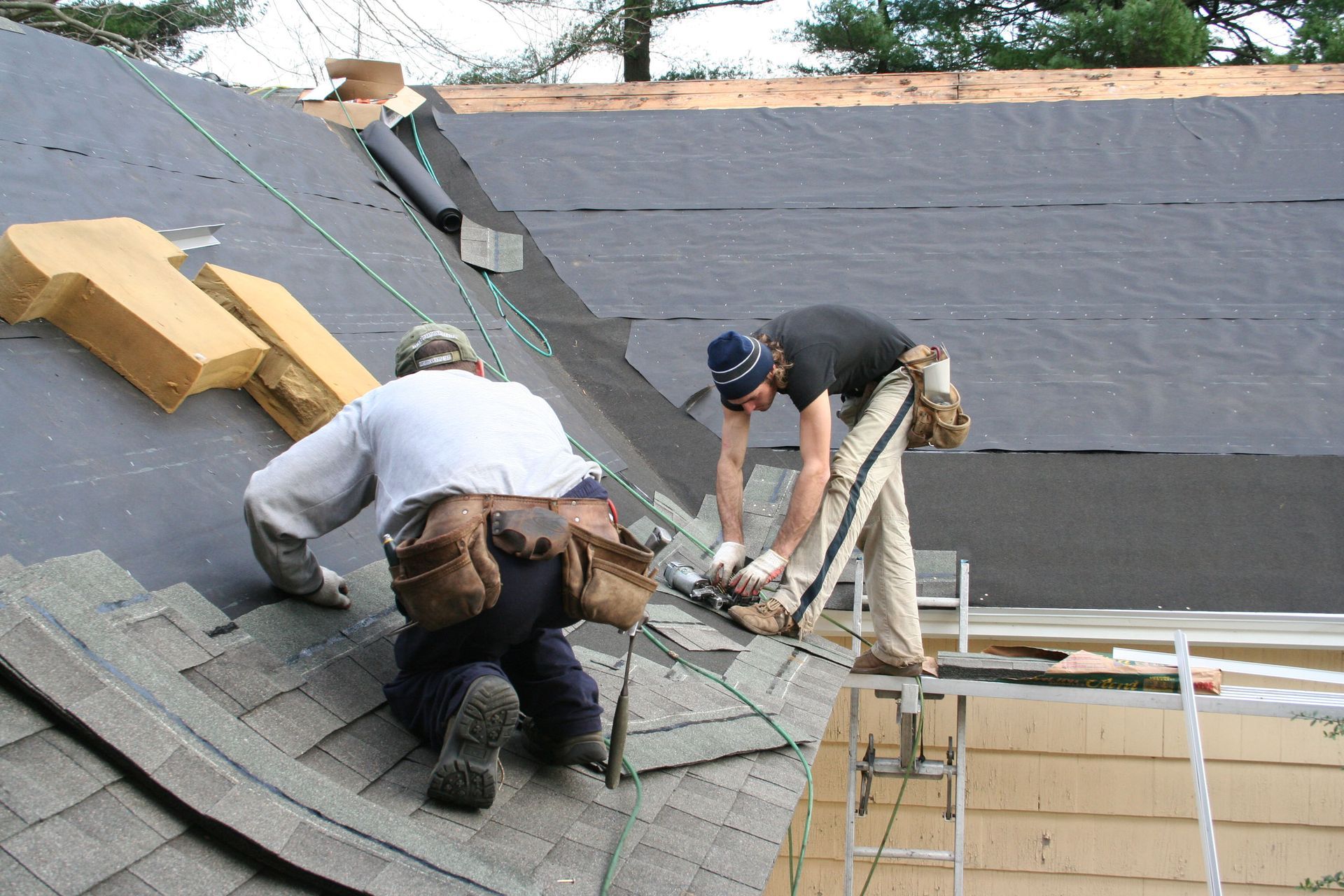
Share On: